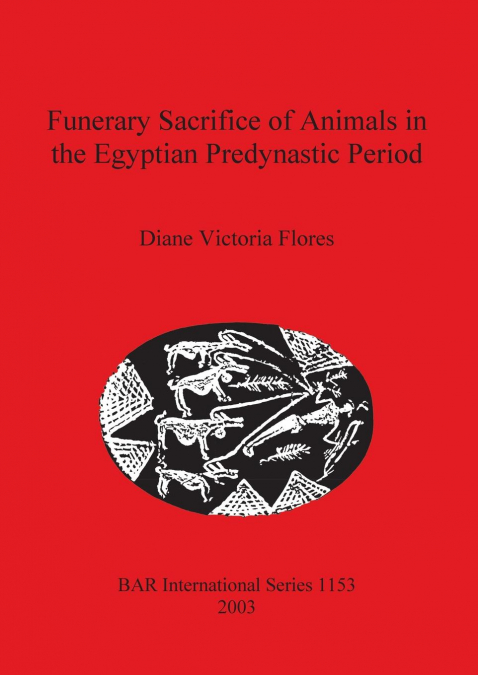
Diane Victoria Flores
The principal focus of this study is an analysis of "independent animal burials", as they are most often indiscriminately interpreted as early evidence for a religiously symbolic significance of the species that occur. Such a cultic interpretation only rarely is offered for the other category of burial, that of animals interred in or, in its later developed form, directly associated with human graves. These animals have generally been considered merely another form of grave goods. However, this type of animal burial, in the form of subsidiary burials, can be tracked into the early First Dynasty and beyond. Thus the diachronic development of this particular category of burial exhibits an uninterrupted continuity between the predynastic and early historic periods. The geographical scope extends from Upper Egypt (Badarian and Naqada Cultures), to Lower Egypt (Neolithic and Maadi-Buto Culture), and Lower Nubia (A-Group), and detailed appendices cover a Gazetteer of independent animal burials, animals in human graves; elite cemeteries; food offerings; and cemetery maps.